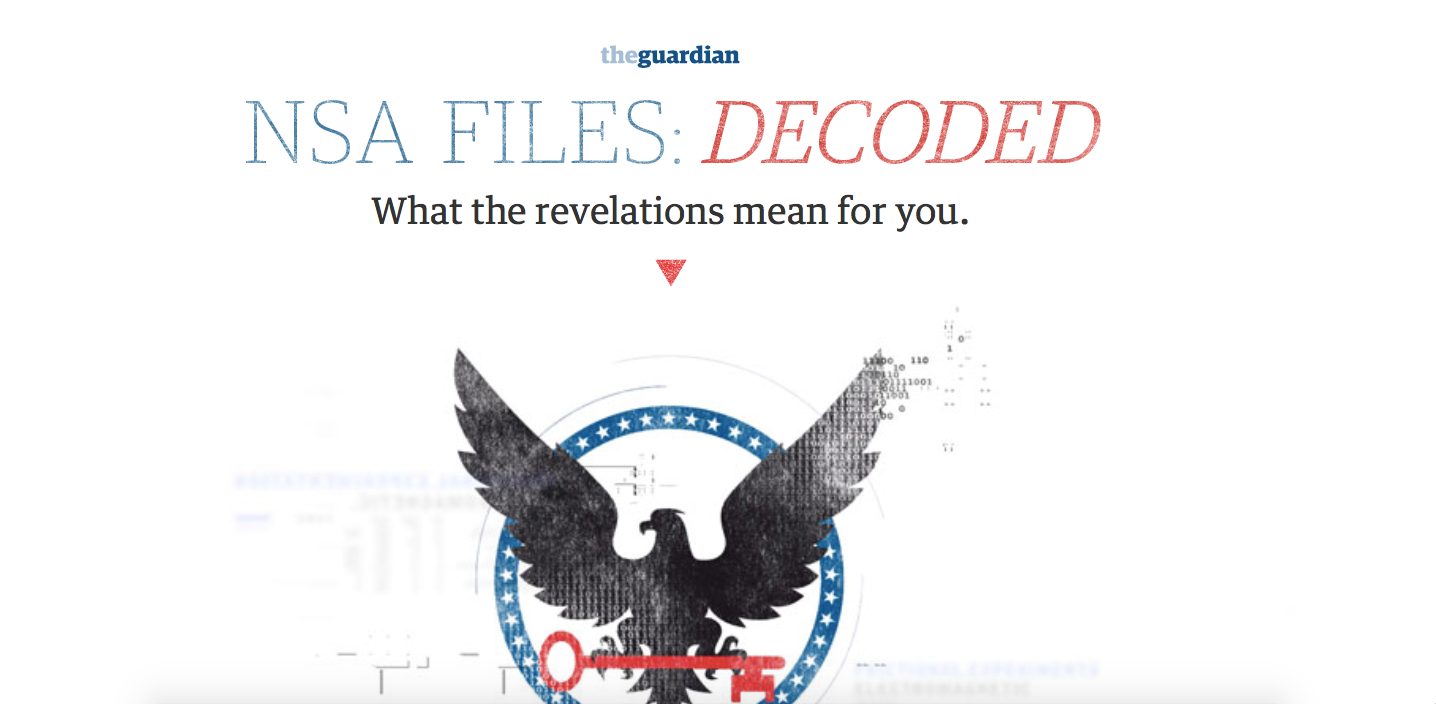At the beginning, there was WED, the marriage of writing/editing/design, which my colleague Dr. Roy Peter Clark and I created as the philosophical foundation of our teaching at The Poynter Institute for Media Studies in the 1980s and beyond.
Roy is a writing guru, the author of several writing books and the master who has trained generations of writers. He was in charge of Writing at Poynter; I headed the Visual Journalism “tent”. Newspapers were coming into new technology that allowed them to use color, to print better and to introduce design to their everyday production.
We felt that writing and editing lived in one island, while design was hanging in there, with editors not knowing what to do with “designers”, or what to even call them (try assistant managing editor for graphics, presentations editor—anything but art director). The industry was not ready for art directors in the newsroom, but readers were very prepared for better visual presentation.
Enter WED
Enter WED, which, from the start was our way of integrating the three disciplines of writing, editing and design. With WED, we made sure that design existed to make content more accessible and visually appealing. It is still a philosophy by which both Roy (just recently retired from Poynter) and I still abide in our work.
I am happy to observe that today, some 30+ years after WED was introduced, there is the ultimate application of the philosophy, and this is the way we would have used it in the 1980s if we had had the ability to tell stories digitally.
What is happening today? We are beginning to see a real marriage, a dynamic fusion of writing and visual journalism. This fusion starts at the moment stories are conceived, not after. A reporter plans how the story will be presented sitting side by side with a visual journalist. Indeed, I would not use the term designer here, as it brings up notions of an art director selecting a font or a certain hue from the color palette.
We are talking visual journalism here, which continues to involve the use of photos, videos, infographics, but not as an appendix to the story, but woven into the texture of it.
I believe that The New York Times’ Snowfall was one of the first examples of this fusion of narrative and visuals, followed by The Guardian’s NSA Files Decoded piece. In both of these examples there was a strategic plan to let visuals tell part of the story, not repeated by words. This was controversial, of course, as many pioneering efforts tend to be.


But that was some three years ago, and now we are beginning to see, especially at The New York Times, a real catalogue of story structures in which the writing and the visuals are planned together from the start. We will review some of those story structures in this blog in the days ahead.
No longer are photos and videos an appendix, running independent of the text. Readers like the fact that there is one single unit of thought. It is a natural process. It makes sense to run a story without interruptions.
When Roy and I created WED, we wanted to create a marriage of writing, editing and design. I think today’s practices are solidifying that marriage, sort of a strong renewal of the vows.
Tomorrow: The new WED and a catalog of story styles fusing words and visual images.
Related
Designers of all ages, let's rethink, reinvent and recharge.
https://www.garciamedia.com/blog/designers_of_all_ages_lets_rethink_reinvent_and_recharge